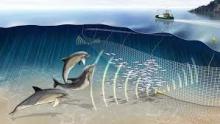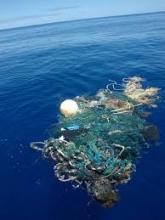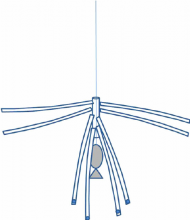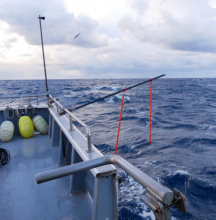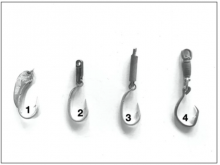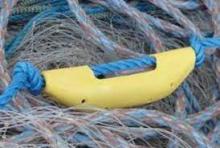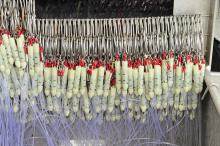Acoustic deterrents and attractors
Using sound to discourage or distract bycatch species from interacting with fishing gear. Auditory deterrents are not generally considered useful in reducing bycatch of seabirds, turtles and sharks, except in limited circumstances. In the main, this is because the feasibility and long-term effectiveness of an acoustic deterrent is affected by habituation. Acoustic deterrents (e.g., pingers) are used with some success for marine mammals, in particular, cetaceans.
